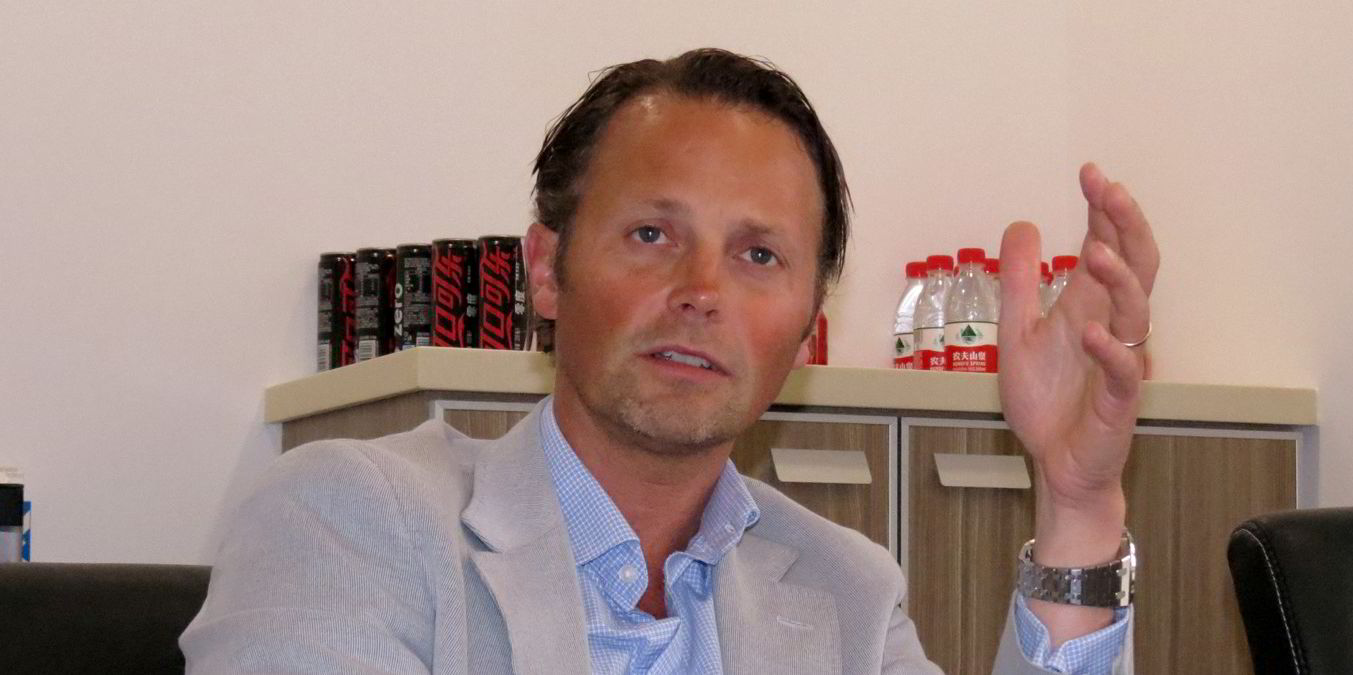In most countries, there is a pleasant time of year when the important people go on holiday and take the important stories with them. It happens in shipping as in every industry: at the end of the summer, there is legitimately less to write about.
At such times the newspapers don’t shut down for lack of good stories, they just get thinner and carry on.
But there are limits to how thin a newspaper can get, even online, so what tends to happen is that irrelevancies and absurdities migrate to the front of the book and rise to the top of the page.
The Norwegians call this time “the cucumber season”, and such news items “cucumbers” — maybe because as August draws on, any impressively sized or shaped Cucurbitacea looks like a headline candidate.
In other places, they call it other things. In Britain, it’s “the silly season”.
But in the finance pages around the world it’s just called “results”, and it comes four times a year in every kind of weather.
To be sure, the results of stock-listed companies look like anything but cucumbers. They are full of charts and Arabic numerals and they report the statements of accountants and even financial analysts, so they must be serious. And what could be more essentially informative about the performance of a company than its quarterly revenue and profit or loss, its cash on hand, its gearing, the dividends it offers its shareholders?
Regularly, however, analysts and financial journalists make their stories not out of a company’s performance, but out of what are literally not events at all.
That especially includes stories about so-called “beats” and “misses”.
A “miss” is a corporate bottom line that is less than the numerical average of the predictions of a certain number of financial analysts. A “beat” is one that is greater. A miss is not a loss, a beat is not a profit.
Just a moment’s reflection teaches us that beats and misses are at least as much about the skills of the analysts who predicted the company’s quarterly performance as about the company itself.
And reporting on that rather than on the company can destroy the value the company has created.
This week, for example, Singapore-based BW LPG turned in results. As my colleague Gary Dixon reported, they were strong.
The company earned a net $38.6m, up from $23.1m a year back, and handed back $27m worth of dividends to its shareholders. That cash came thanks to sound decisions, not just good luck with charter rates: for example, BW LPG has retrofitted a lot of its fleet to burn LPG, cutting fuel costs as well as carbon emissions.
So they had a very good quarter, right?

Sorry, BW LPG. That was an analyst miss, and your share is going down.
“Company distributes $27m in dividends: BW LPG does not quite meet the analysts’ expectations for the second quarter,” wrote one Norwegian newspaper. That headline and opening sentence neatly capture the contradiction between performance (the cash) and predictions about the cash (the cucumber).
In the case of car carrier line Wallenius Wilhelmsen, the analyst-focused reporting produced a truly toxic financial cucumber. The Oslo-based company turned in a net profit of $126m in the second quarter, its third consecutive quarter with Ebitda over $300m, with the outlook for more of the same.
One newspaper’s headline reaction to that: “Car carrier owner disappoints”. Why “disappoints”? Again, it was about a possible overestimate by the analysts. But it was the company and its stock that suffered.
Following the negative coverage of Wallenius Wilhelmsen’s “miss”, its share dived from a peak of $75.95 on 16 August before major shareholder Wilh Wilhelmsen Holding picked up $1.2m-worth of it on 26 August for an average $55.85 per share.
Not even the analysts go along with the “beat or miss” reporting.
“We struggled to find anything fundamentally negative in the Wallenius Wilhelmsen report,” DNB Markets analyst Jorgen Lian commented to TradeWinds. “It’s a massive buying opportunity, I think.”
To him, Wilh Wilhelmsen’s insider punt, even though small in relation to its total shareholding, is more significant.
“They don’t move around a lot in that post, and when they do, it’s a strong signal,” said Lian.




